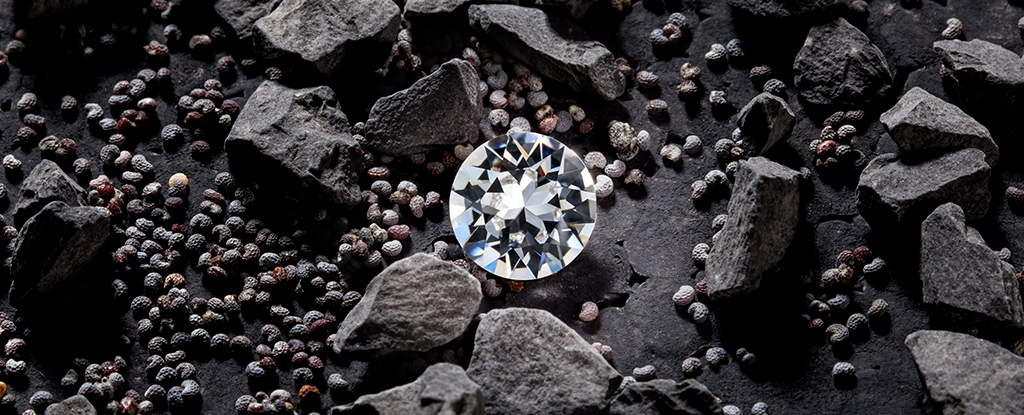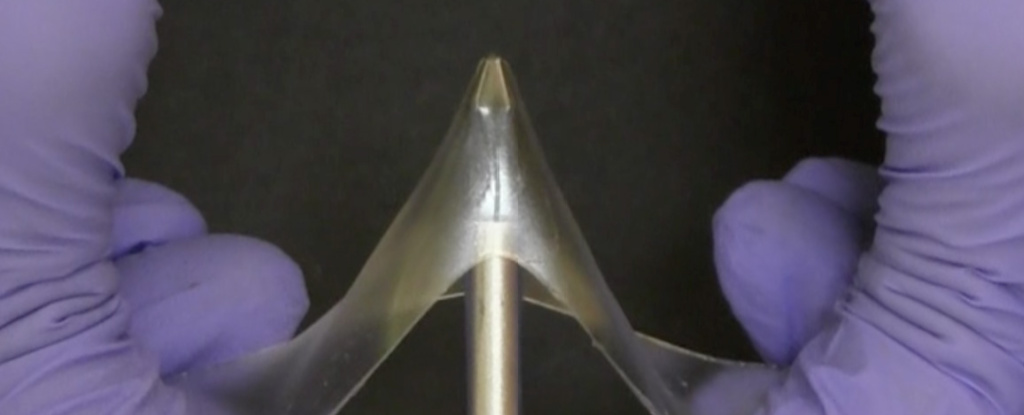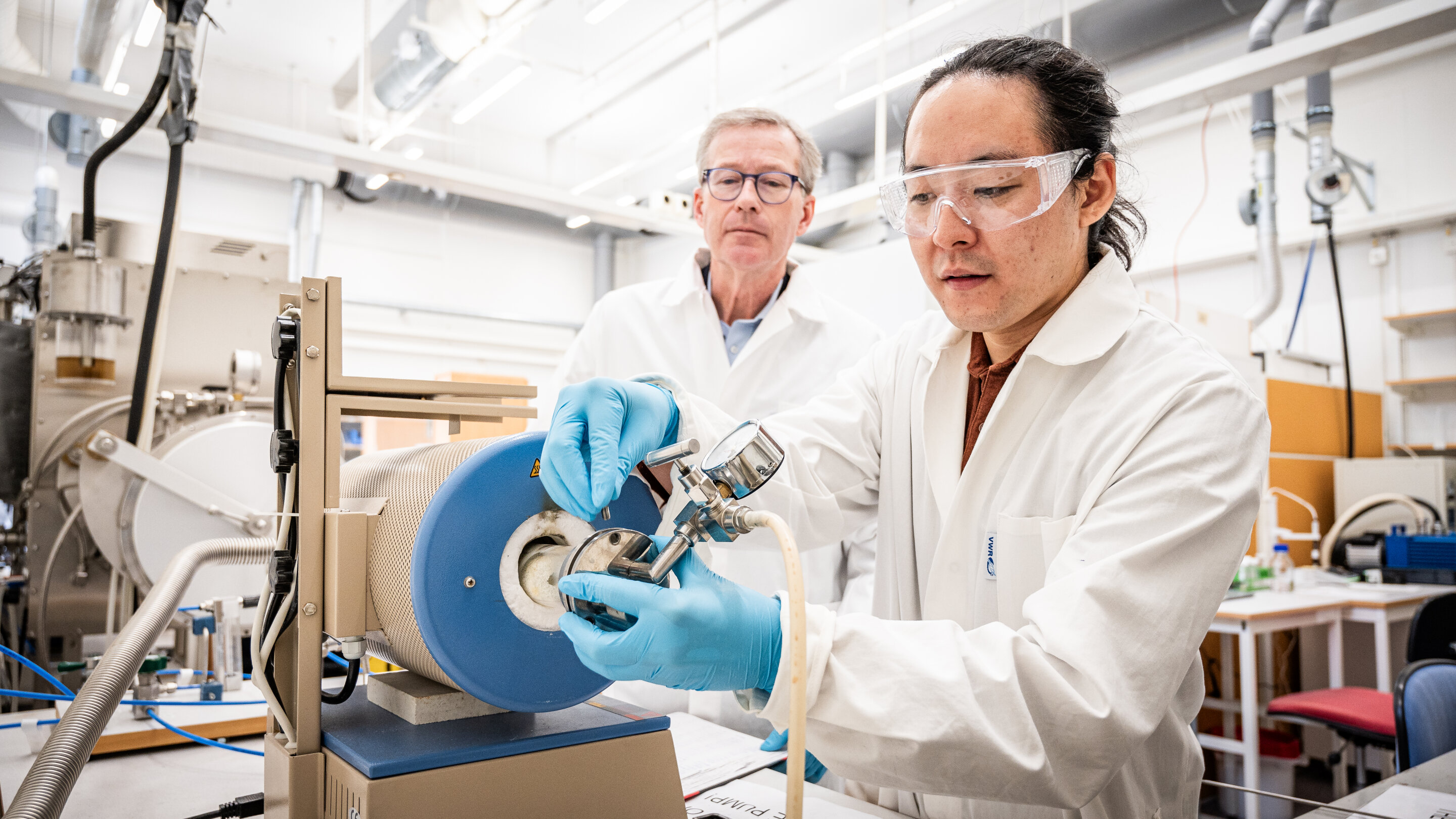
The team put graphite under an intense amount of pressure, before heating it to 1,800 K. The newly produced diamond has a hardness of 155 gigapascals (GPa). Natural diamond, by comparison, tops out at around 110 GPa in hardness.

Canadian scientists have created a super-black substance that has the potential to be cheaper, hardier and easier to manufacture … and it's made out of wood. Trademarked as Nxylon the material reflect less than 1% of visible light.

In a serendipitous discovery, researchers have created a new class of materials called 'glassy gels' that are half liquid but hard to break.

Australian scientists used an advanced 3D printing technique to create a super strong, super lightweight new "metamaterial".

For the first time, scientists have managed to create sheets of gold only a single atom layer thick. The material has been termed goldene.

Electronic wearables and sensors could one day be made from a material that toughens up as it gets hit or stretched, thanks to new research carried out by a team from the University of California, U.S

A newly developed silicon material covered with tiny nanospikes is capable of taking out 96 percent of the virus particles unfortunate enough to touch its surface in tests.

Simulations of an elusive carbon molecule that leaves diamonds in the dust for hardness may pave the way to creating it in a lab.

Scientists have unintentionally created the tiniest and tightest knot to date, earning a prestigious spot in the Guinness Book of World Records. This extraordinary microscopic knot is made up of only fifty-four atoms.

US scientists have observed metal cracking and fusing back together, in a discovery that could pave the way for self-healing machines, vehicles and bridges.

Scientists described how pieces of pure platinum and copper spontaneously healed cracks caused by metal fatigue during nanoscale experiments that had been designed to study how such cracks form and spread in metal placed under stress.

An alloy of chromium, cobalt, and nickel has just given us the highest fracture toughness ever measured in a material on Earth.

Physicists observed a strange new type of behaviour in a magnetic material when it's heated up. The magnetic spins 'freeze' into a static pattern when the temperature rises.

Scientists have found a new way to structure carbon at the nanoscale, making a super-light material that's superior to diamond on the strength-to-density ratio.

Scientists have found naturally occurring superconducting materials in extraterrestrial objects for the first time, discovering superconductive grains embedded inside two distinct meteorites that crash-landed on Earth.